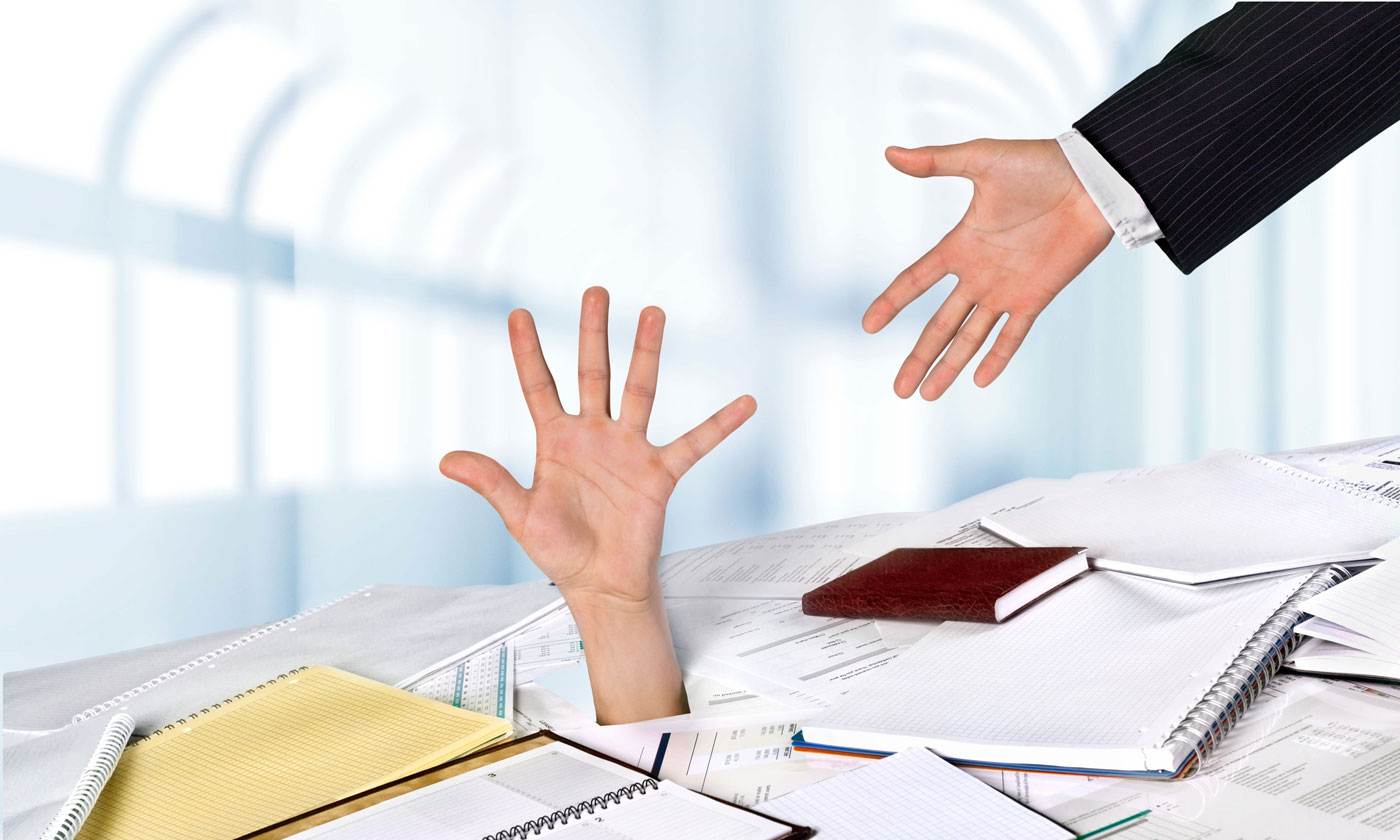Is your small business struggling to make ends meet?
Some relief may be on the way for distressed business owners. The Small Business Reorganization Act of 2019 will make it faster and less expensive to benefit from a Chapter 11 bankruptcy. The legislation was signed into law in August, and it goes into effect on February 19, 2020. Here’s what you need to know.
Basics of Bankruptcy Reorganization
Chapter 11 of the bankruptcy code allows a business to reorganize its debt. It may be advantageous to make a liquidation filing under Chapter 7, where assets are auctioned off or sold piecemeal, often leaving creditors with little or nothing. Or a business may not qualify under the threshold for Chapter 13.
Although technically available to both businesses and individuals, Chapter 11 is most often used by businesses. It currently applies to debts of less than $2,725,625. Typically, a Chapter 11 bankruptcy proceeding offers protection of business assets while restructuring the following types of debts:
Priority tax debts. Chapter 11 may be used to reorganize past due taxes that your company has incurred. This covers income taxes, payroll taxes and property taxes.
Under Chapter 11, your company may continue to operate the business as you meet your tax responsibilities. Although tax obligations are usually paid off during a five-year period, Chapter 11 allows you to renegotiate the repayment terms with the appropriate taxation authorities and reach a mutually beneficial agreement.
Secured debts. A business identifies secured debts and corresponding collateral contributing to the profitability of the business, similar to the way that secured debts are reorganized for individuals who file for Chapter 11 relief. Accordingly, the business then seeks to pay the current value of the property, as opposed to what’s owed on it. This treatment could apply to collateral such as real estate, business equipment and vehicles.
For example, suppose your business owns equipment that’s worth $250,000, but you still owe the bank $500,000 from the purchase of the equipment. You can ask the court to allow you to pay only the current value of $250,000. This enables your business to reduce its monthly operating expenses.
Unsecured debts. A business may incur significant credit card charges or other unsecured loans in the early years of operation or for ongoing operating costs. Chapter 11 allows a business to restructure this unsecured debt and pay it off in a lump sum or over a term of several years.
In the optimal situation, your business and unsecured creditors will agree on payment terms. If the parties can’t come to a reasonable agreement, the bankruptcy judge will decide the outcome in a binding determination.
Leases and contract debts. If Chapter 11 relief is available, a business can choose to accept or reject certain leases and contracts. For instance, suppose your business previously contracted with a janitorial service for a three-year period. Then you find a comparable service at a considerably lower price. If you can demonstrate that this contract would contribute to the profitability of the business, the judge may grant a replacement request.
The bankruptcy process starts with a petition to the bankruptcy court. A voluntary petition is filed by the debtor. Conversely, an involuntary petition is filed by creditors after certain conditions have been met.
In either event, the business typically has about four months to develop the reorganization plan. However, if “just cause” for a delay can be shown, the court may grant a business up to 18 months after the filing of the petition to develop its plan. Eventually, the goal is for the business to emerge from the bankruptcy in better financial shape.
Relief Coming Soon
Historically, it was difficult and expensive for small business owners to seek bankruptcy protection under Chapter 11. The Small Business Reorganization Act is designed to provide greater access to Chapter 11 for small businesses through a new subchapter devoted exclusively to this class of debtors.
Important: The debt threshold for qualifying for this new subchapter remains the same for small businesses as it previously was under Chapter 11 ($2,725,625).
The new subchapter of the bankruptcy law includes provisions for the following key improvements:
Streamlined reorganizations. The new law will facilitate small business reorganizations by eliminating certain procedural requirements and reducing costs. Significantly, no one except the business debtor will be able to propose a plan of reorganization. Plus, the debtor won’t be required to obtain approval or solicit votes for plan confirmation. Absent a court order, there will be no unsecured creditor committees under the new law. The new law also will require the court to hold a status conference within 60 days of the petition filing, giving the debtor 90 days to file its plan.
New value rule. The law will repeal the requirement that equity holders of the small business debtor must provide “new value” to retain their equity interest without fully paying off creditors. Instead, the plan must be nondiscriminatory and “fair and equitable.” In addition, similar to Chapter 13, the debtor’s entire projected disposable income must be applied to payments or the value of property to be distributed can’t amount to less than the debtor’s projected disposable income.
Trustee appointments. A standing trustee will be appointed to serve as the trustee for the bankruptcy estate. Similar to Chapter 12 bankruptcies for family-owned farms and fishing operations, the revised version of Chapter 11 allows the trustee to preside over the reorganization and monitor its progress.
Administrative expense claims. Currently, a debtor must pay, on the effective date of the plan, any administrative expense claims, including claims incurred by the debtor for goods and services after a petition has been filed. Under the new law, a small business debtor will be permitted to stretch payment of administrative expense claims over the term of the plan, giving this class of debtors a distinct advantage.
Residential mortgages. The new law eliminates the prohibition against a small business debtor modifying his or her residential mortgages. The debtor will have more leeway if the underlying loan wasn’t used to acquire the residence and was used primarily for the debtor’s small business. Otherwise, secured lenders will continue to have the same protections as in other Chapter 11 cases.
Discharges. The new law provides that the court must grant the debtor a discharge after completing payments within the first three years of the plan or a longer period of up to five years established by the judge. The discharge will relieve the debtor of personal liability for all debts under the plan except for amounts due after the last payment date and certain non-dischargeable debts.
Additionally, the exceptions to discharge contained in Section 523(a) of the bankruptcy code will apply to the small business debtor. Currently, a Chapter 11 bankruptcy features limited discharge exceptions.
Right for Your Business?
In the past, small businesses seeking Chapter 11 bankruptcy relief were often hampered by size and lack of resources. Beginning next year, the new law will provide more opportunity for successful small business reorganizations.
Could a reorganization put your small business on the road to recovery? Contact us with any questions regarding your bankruptcy rights and the application of the new law to your situation.
——————–
© 2019, Provided by Thomson Rueters Checkpoint





